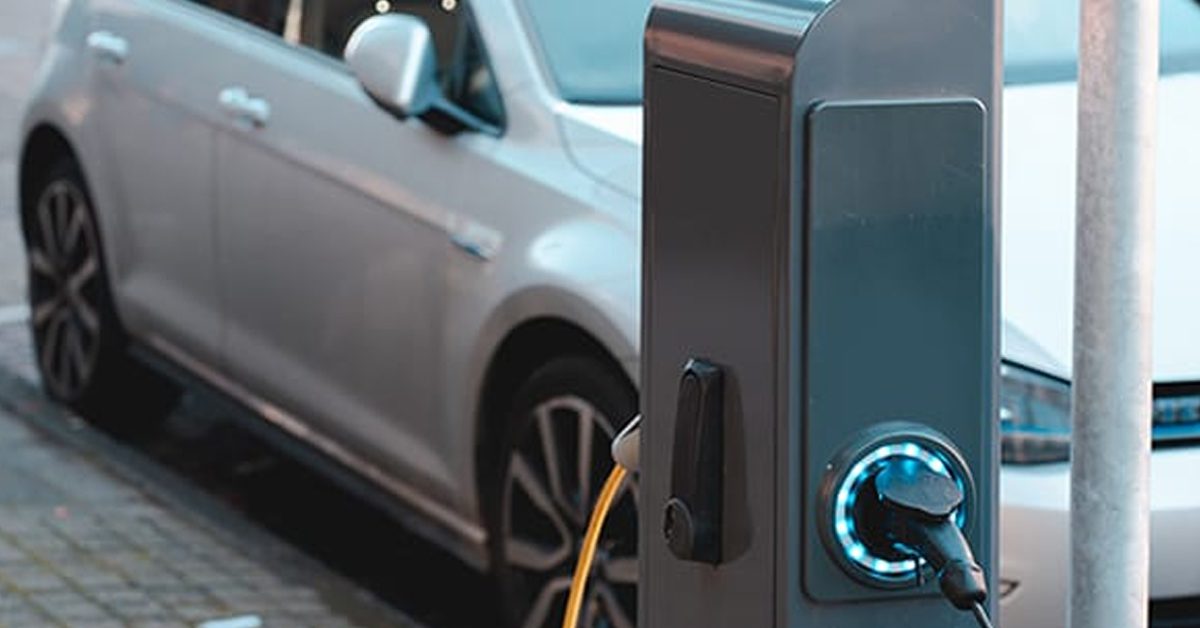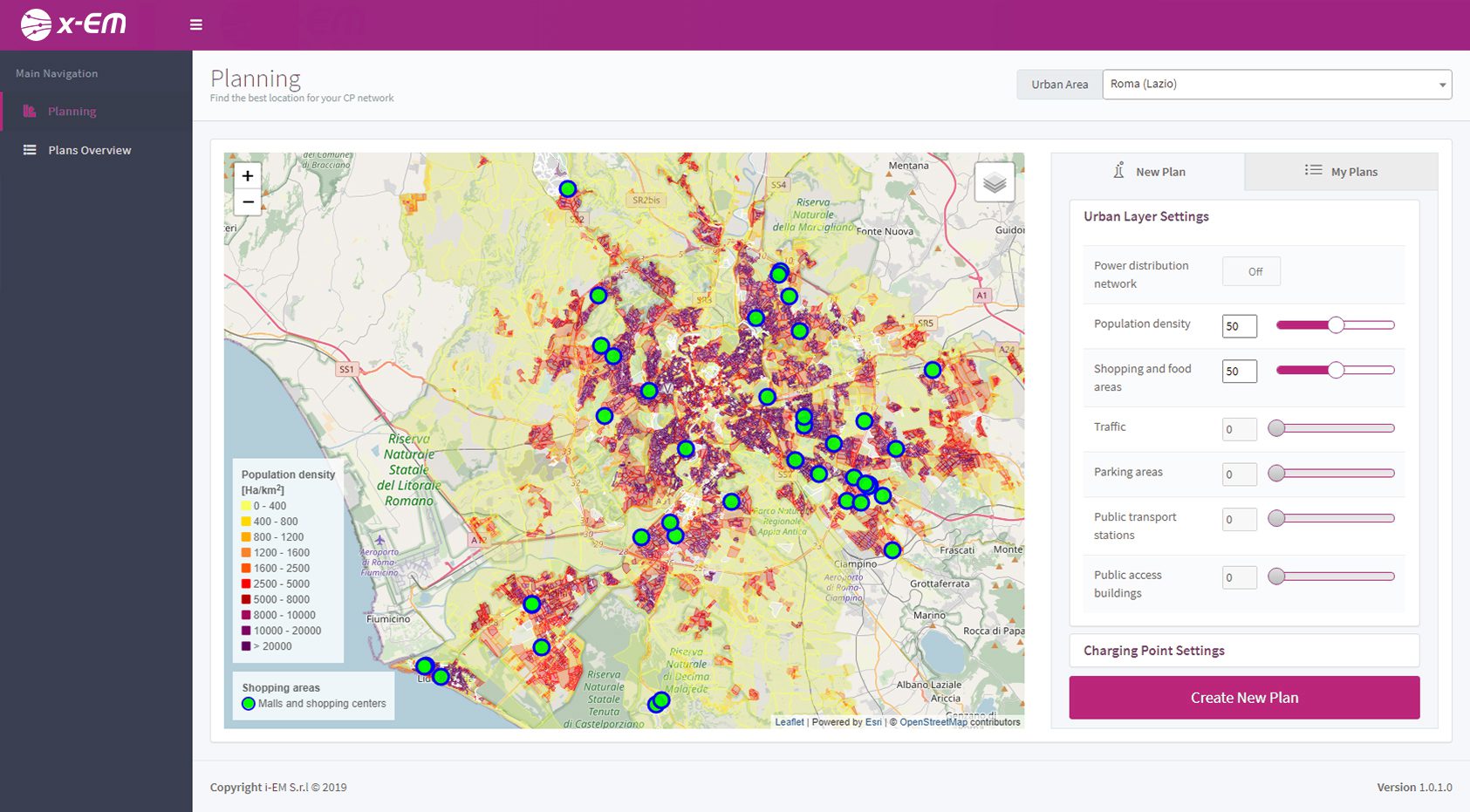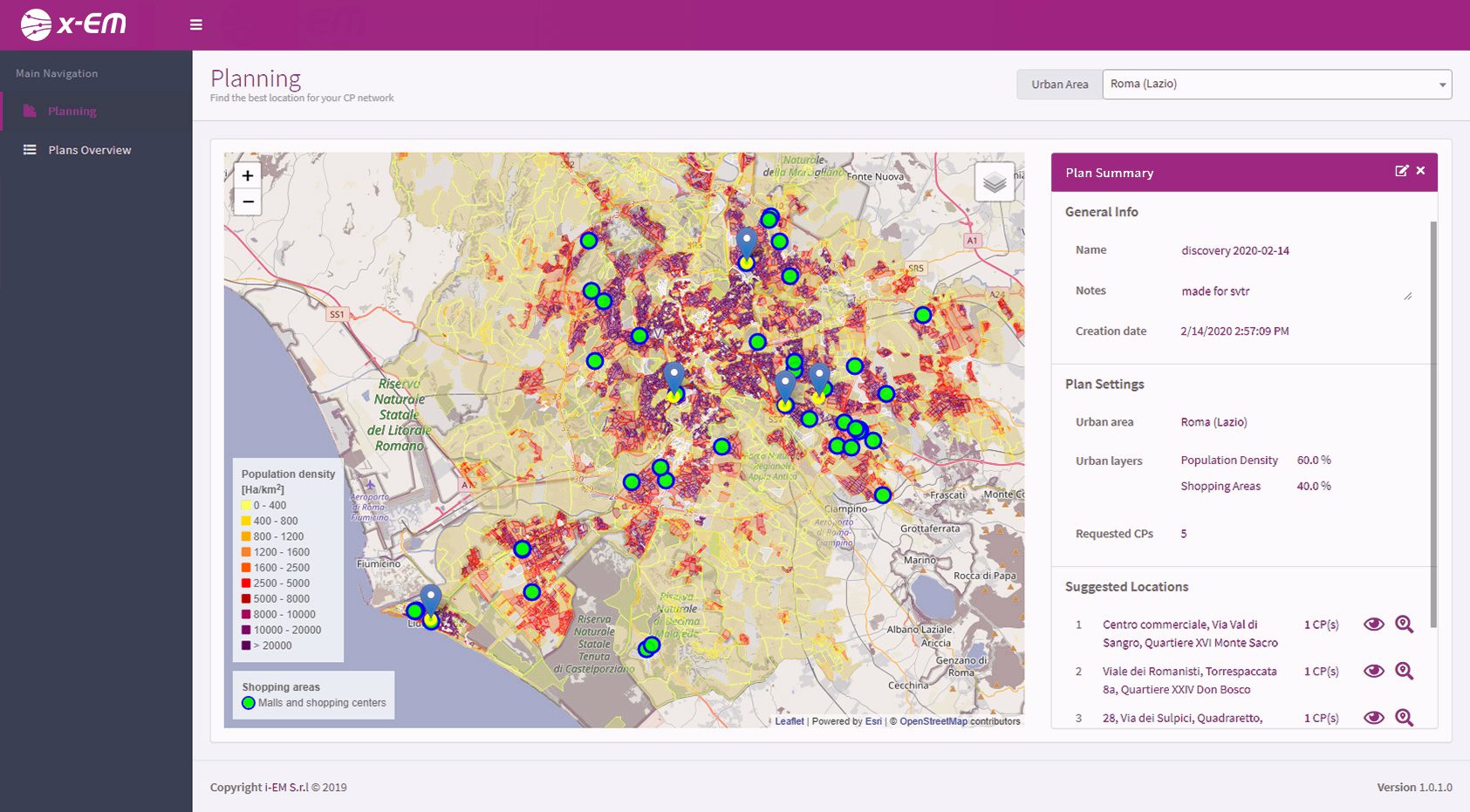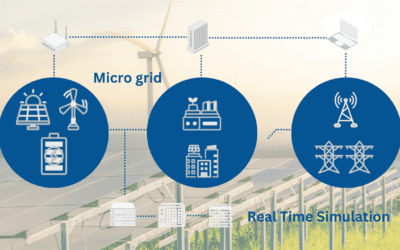Home charging stations and power system stability
Electric power systems are quickly evolving and changing their settings in these years. So far we are used to few, localized and huge power plants, which produce a one-way flow of electric energy to supply houses, shops, public buildings – and so on. Recently the management of power systems has to face different kind of energy flows, but mostly different players and needs. Many of them are obviously related to e-Vehicles, specifically in respect to their charge. This activity can be done both exploiting home charging stations or public ones, introducing different issues.
Focusing on the first kind of e-Vehicles charging stations – the domestic ones – they are one of the most likely future scenario of charging. The domestic charge starts at the end of the day, when e-Vehicles drivers come back home from work, and it lasts more than 5 hours; then, if a consistent number of vehicles start their charge in the same time slot, they may give rise to a new power load ramp, that could cause a power system’s instability.
| Charging Speed | Usual Location | Power Rate |
| Slow | Domestic charge | 3.3kW |
| Quick | Public stations (city center) | 22kW |
| Fast | Highways and sometimes city centers | 50kW |
The impact of e-Vehicles on Transmission System Dynamics
Starting from these considerations, the article “Decentralized Charging of Plug-In Electric Vehicles and Impact on Transmission System Dynamics”[1] presents a deep study on the impact of Plug-in Electric Vehicles (PEVs) charge on the response of power systems and proposes a solution to control electric vehicle chargers. More in details, the study shows how effectively the power system, which has not been designed to support e-Vehicles charge, may not be capable of keeping its stability if the number of connected charging PEVs quickly increase in a short time. Then, a control strategy is proposed to face this kind of problems. The suggested solution dynamically allocates the available power in an optimized way, based on an Additive-Increase-Multiplicative-Decrease (AIMD) stochastic decentralized control strategy, and it efficiently and seamlessly manages the charge of a high number of PEVs with little communication efforts.
Change the system or adapt to it? The solution is an algorithm
The conclusion of the study is actually a question: is it worth to change all the power system, therefrom modernising it, or it would be better to adopt a new management of power systems elements to avoid stability problems and load peaks? A first possible answer could be a simple word: optimization. That is, in other words, manage in the best possible way timings and power rates of the home charging stations with smart programs and control strategies. Exploiting the DOME simulator, developed by prof. Federico Milano (UCD, University College Dublin), one of the authors of the study[1], the possible stability issues of the power system due to e-Vehicles domestic charge have been confirmed, and the theoretical efficiency of the proposed intelligent algorithm has demonstrated. In practice, the proposed control solution would be capable of adapting the charging power of any single power station, allowing to keep the system stable while charging e-Vehicles. As we said before, the answer is a simple word: optimization.
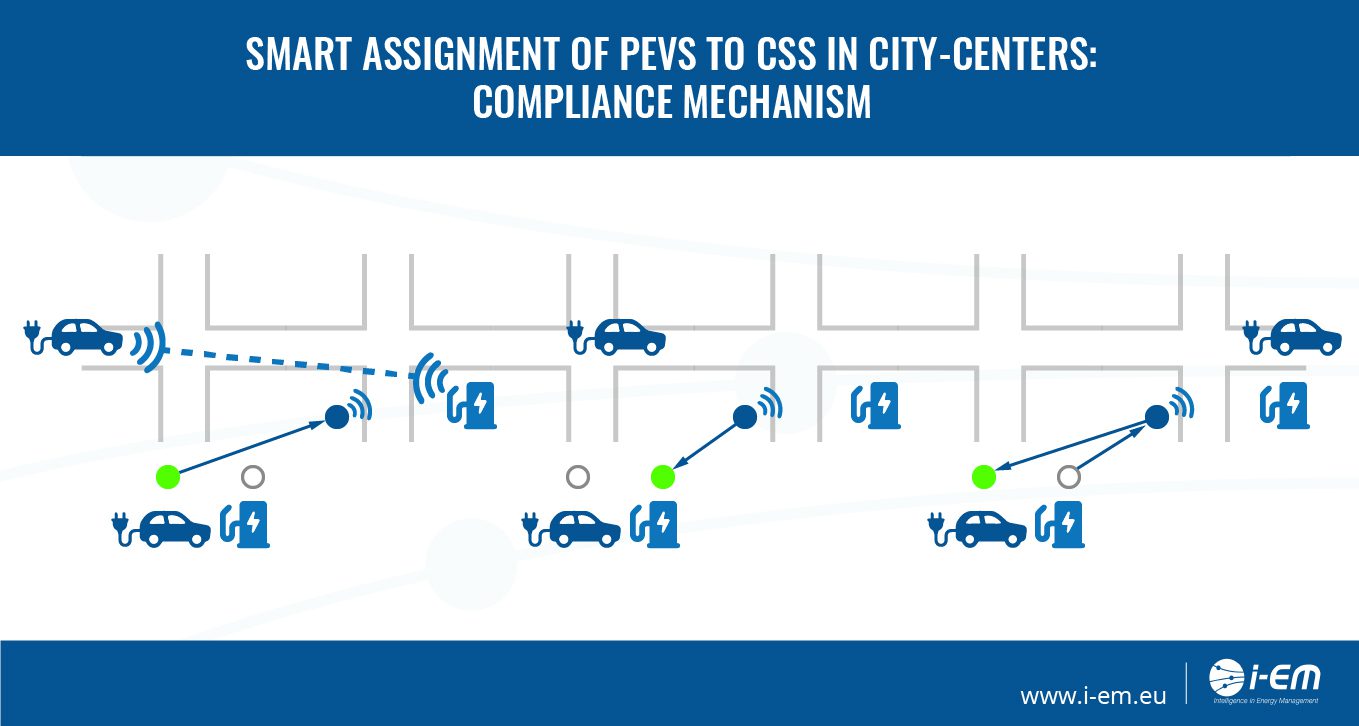
Learn more about i-EM’s e-Mobility solutions
Our cities are increasingly populated by e-Vehicles and it has become clear that e-Mobility solutions will be among the most (maybe the most) widespread ways to move in the next future. This is why optimized systems and hi-tech dedicated solutions will be essential for our society to be capable of keeping up with this new mobility trend.
At i-EM, we provide solutions for smart balancing, energy charging & routing and charging points (CP) planner, ensuring benefits to all of the e-Mobility stakeholders, including Distribution System Operators (DSO), e-Mobility Services Providers (EMSP), Charge Point Operators (CPO) and e-Vehicles drivers.
Our team is available and happy to give you further information about our e-Mobility solutions: get in touch with us and ask for details about them!

x-EM provides data analysis for e-Mobility.
i-EM data analysis ensures benefits to all the electric mobility actors. Advanced analytics process works to get smart balancing, energy charging & routing and charging points planner
Notes
[1] M. Moschella, M. A. A. Murad, E. Crisostomi and F. Milano, “Decentralized Charging of Plug-In Electric Vehicles and Impact on Transmission System Dynamics,” in IEEE Transactions on Smart Grid, vol. 12, no. 2, pp. 1772-1781, March 2021, doi: 10.1109/TSG.2020.3034528. (See reference)

